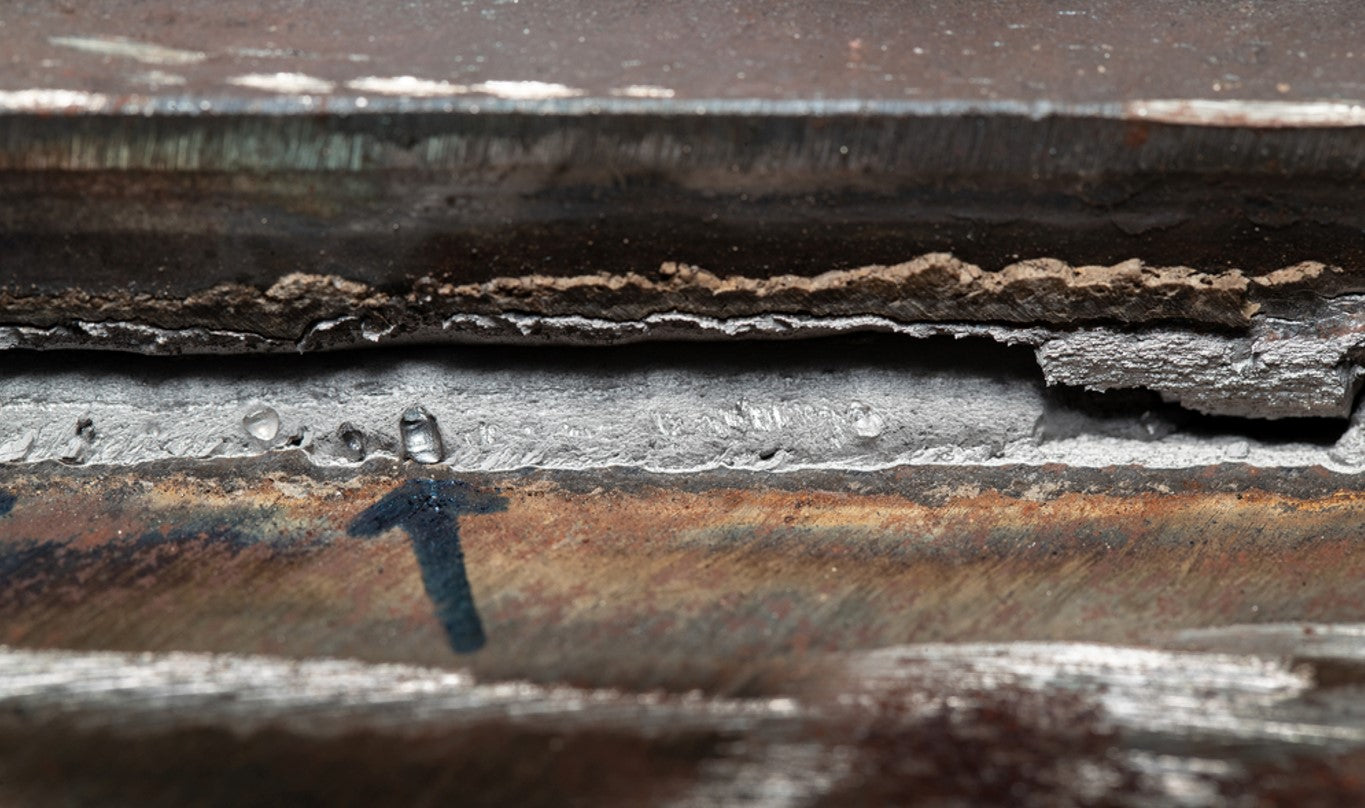Expert Strategies for Preventing Weld Undercut Properly
Expert Strategies for Preventing Weld Undercut Properly
Blog Article
Grasping the Art of Welding: Exactly How to Stay Clear Of Undercut Welding Issues for Flawless Fabrication Results
Performance and accuracy are critical on the planet of welding, where even the tiniest flaw can compromise the structural stability of a made piece. One typical difficulty that welders face is damaging, an issue that can lead and weaken a weld joint to costly rework. By understanding the source of undercut welding and applying effective techniques to avoid it, welders can raise their craft to new degrees of quality (Preventing weld undercut). In the pursuit of remarkable manufacture results, mastering the art of welding to prevent undercut concerns is not simply an ability yet a necessity for those making every effort for excellence in their work.
Recognizing Undercut Welding

To avoid undercut welding, welders ought to guarantee appropriate welding criteria, such as readjusting the existing, voltage, travel speed, and maintaining the right electrode angle. Additionally, using the suitable welding method for the certain joint configuration is necessary. Employing weaving activities or backstepping strategies can assist make sure proper weld steel deposition and reduce the possibility of undercut formation. Normal assessment of welds during and after the welding process is also important to capture any undercut very early and make required modifications to stop more issues. Preventing weld undercut. By recognizing the root causes of undercut welding and applying preventive measures, welders can accomplish premium, structurally audio welds.
Reasons For Undercut in Welding
Comprehending the aspects that add to undercut in welding is necessary for welders to create top quality, structurally sound welds. Poor welding current or inaccurate welding rate can additionally contribute to damage. Recognizing these causes and executing correct welding methods can aid avoid damaging problems, making certain solid and resilient welds.
Methods to avoid Undercutting

To alleviate the danger of damaging in welding, welders can utilize critical welding methods aimed at improving the top quality and integrity of the weld joints. Furthermore, using the appropriate welding strategy for the details joint arrangement, such as weave or stringer beads, can add to decreasing undercutting.
Using back-step welding methods and controlling the weld bead account can likewise aid distribute warm uniformly and reduce the danger of undercut. Routine inspection of the weld joint throughout and after welding, as well as executing top quality assurance procedures, can assist in attending to and detecting damaging issues promptly.
Importance of Appropriate Welding Criteria
Choosing and preserving appropriate welding specifications is crucial for over at this website attaining effective welds with minimal issues. Welding specifications describe variables such as voltage, current, take a trip rate, electrode angle, and shielding gas flow rate that directly influence the welding process. These specifications should be carefully changed based on the kind of material being welded, its thickness, and the welding technique used.
Correct welding specifications make sure the correct amount of warmth is related to thaw the base steels and filler product uniformly. If the criteria are established too expensive, it can bring about excessive heat input, causing burn-through, distortion, or spatter. On the other hand, if the parameters are too reduced, incomplete blend, absence site link of penetration, or damaging may occur.
Top Quality Assurance in Welding Operations

Final Thought
Finally, grasping the art of welding calls for a complete understanding of undercut welding, its reasons, and methods to prevent it. By guaranteeing appropriate welding specifications and carrying out quality control techniques, perfect construction results can be accomplished. It is essential for welders to regularly strive for quality in their welding operations to stay clear of undercut problems and create premium welds.
Undercut welding, an usual flaw in welding procedures, takes place when the weld steel does not appropriately fill the groove and leaves a groove or clinical depression along the bonded joint.To avoid undercut welding, welders need to make certain proper welding criteria, such as adjusting the current, voltage, traveling rate, and keeping the right electrode angle. Poor welding wrong or current check over here welding speed can also contribute to undercut.To minimize the danger of undercutting in welding, welders can utilize strategic welding strategies aimed at improving the top quality and honesty of the weld joints.In final thought, understanding the art of welding requires an extensive understanding of undercut welding, its causes, and strategies to prevent it.
Report this page